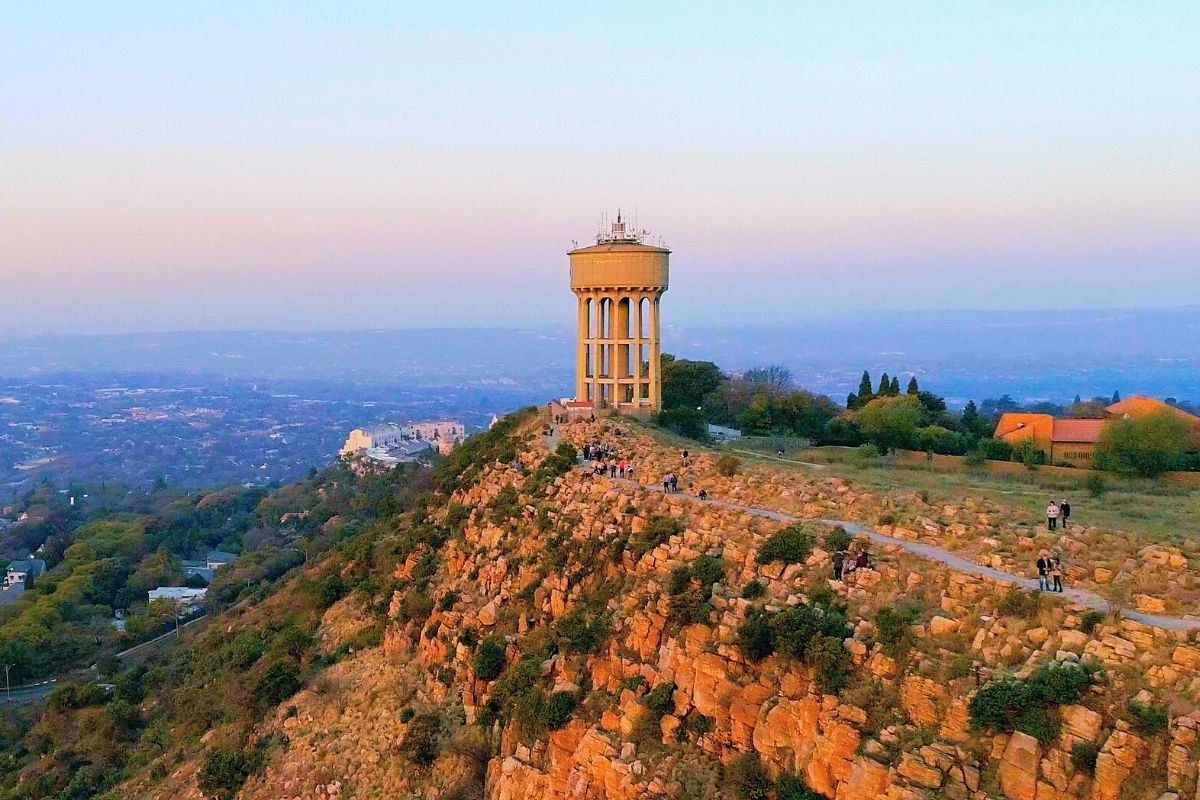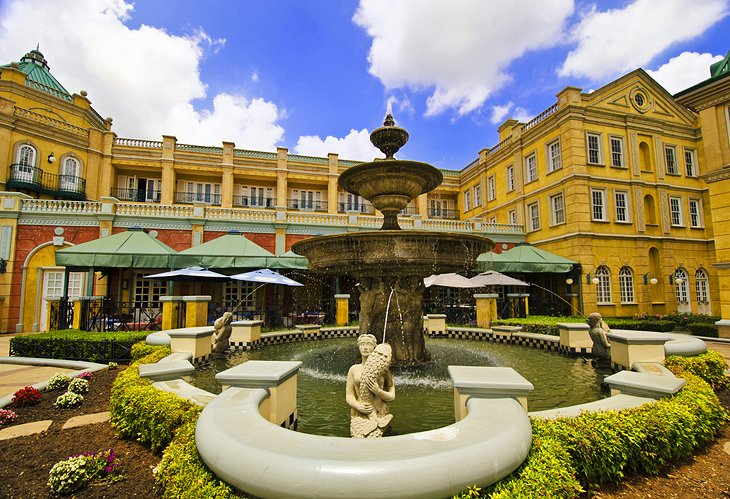What Does Johannesburg North Attractions Mean?
What Does Johannesburg North Attractions Mean?
Blog Article
Johannesburg North Attractions for Beginners
Table of ContentsUnknown Facts About Johannesburg North AttractionsThe Single Strategy To Use For Johannesburg North AttractionsThe Single Strategy To Use For Johannesburg North AttractionsEverything about Johannesburg North AttractionsRumored Buzz on Johannesburg North AttractionsJohannesburg North Attractions - QuestionsTop Guidelines Of Johannesburg North Attractions
You need to keep protection in mind and visitors have to remain sharp at all times when in unknown surroundings. Talk to the citizens when you remain in community to find out regarding the location you are remaining in. Johannesburg North attractions. When on the street (this doesn't put on shopping center and other safe and secure settings) best general advice is to attempt your finest to appear like a neighborhood and to stay clear of presenting any form of wealth
Examine This Report on Johannesburg North Attractions
Professor Revil Mason O. J. (Thomson, 1946) explored the Witwatersrand's pre-colonial background. His historical job blew up the 'em pty land' misconception, according to which the region was empty of human habitation prior to the arrival of European inhabitants. In his magazines Prehistory of the Transvaal: A Document of Human Task (1962) and Beginnings of Black Individuals of Johannesburg and the Southern Western Central Transvaal AD 3501880 (1986 ), Professor Mason showed the extent of social and financial development in the area prior to Europeans set foot here.

The 4-Minute Rule for Johannesburg North Attractions
In 1878, David Wardrop located gold in quartz veins at Zwartkop, north of Krugersdorp. In 1881, Stephanus Minnaar came across gold on the farm Kromdraai, near the Cradle of Humankind.
In March 1886, an outcropping (quickly to be called the Main Reef) was located, fairly fortuitously, on Gerhardus Oosthuizen's farm Langlaagte. Some state that the Lancastrian coal miner George Pedestrian discovered this reef. One more travelling English miner, George Harrison (who had actually previously operated in Australian mines) acquired a prospecting licence in regard of Langlaagte in Might 1886.
He made a decision to carry on in a mission for greener fields, and disposed of his Langlaagte case for the princely amount of 10. Alas: underneath lay the wealthiest goldfield ever before discovered. The exploration of this abundant auriferous reef prompted a gold thrill that indicated completion of agrarian serenity in the southern Transvaal.
It would certainly, within 6 years, become the biggest town in southerly Africa. Within a decade, it would make the Z. A. R. up until then an anarchical and insolvent little state the richest country in Africa. By the millenium, the Z. A. R. was to go beyond Russia, Australia and the United States of America to come to be the globe's leading gold producer, producing greater than a quarter of the world's gold.
Johannesburg North Attractions for Beginners
It was referred to as Ferreira's Camp, called after Colonel Ignatius Ferreira. He was a Boer traveler upon whom the British authorities had actually bestowed the standing of Friend of the A Lot Of Distinguished Order of St Michael and St George (entitling him to the post-nominal letters C. M. G.) in appreciation for his role in the war that had actually deposed the Pedi king Sekhukhune in 1879.
Soon the camp was including outdoors tents and wagons as beginners showed up daily from everywhere. By September 1886, some 400 individuals stayed in Ferreira's Camp, which quickly flaunted prefabricated iron and lumber buildings. Two various other camps were developed: Meyer's Camp on the farm Doornfontein, and Paarl Camp. The latter was nicknamed Afrikander Camp; lots of people from the Cape Swarm settled there.

The Buzz on Johannesburg North Attractions
This name acquired money by word of mouth, such that the index State Secretary attested the name to the Mining Commissioner on 9 October 1886. Stands in the village were auctioned on 8 December 1886. While some stands were sold for 10, others were torn down for just sixpence.
Two years later on, these erven were to transform hands for as much as 750 each. The tented camps decreased as a dorp of corrugated iron buildings established and broadened north of the mines located along the Key Reef Roadway. Locations such as Jeppe's Community (where working-class immigrants erected their houses) and Doornfontein (where the upscale brand-new 'Randlords' started to construct their extravagant homes) were quickly contributed to the ever-expanding map of the community.
Little Known Questions About Johannesburg North Attractions.
Besides the road names, there were no signs of Johannesburg being located in a Dutch-speaking country. Several years later on, C. W. Kearns O. J. (among the initial boys registered at St John's College in 1898) would certainly recall: 'An odd fact about Johannesburg straight from the source was that, although it remained in the [Boer Republic], nearly everybody spoke English and even the Federal government servants attended to one in English, unless they were initial addressed in the Taal (or Reduced Dutch)'.
Britain had a passion in making sure ideal conditions for gold production on the Witwatersrand, and that the gold was exported to London rather than Berlin a necessary provided all the extra clamant by the Z. A. R.'s boosting toenadering with Germany. Mine proprietors were on a collision program visite site with President Kruger, whose policy of monopolistic concessions (often approved to his cronies) avoided mining companies from acquiring products of products (particularly dynamite) and labour on their very own, less expensive terms
More About Johannesburg North Attractions
In 1890, the Volksraad had restricted the franchise business to white males that had actually lived in the Z. A. R. for fourteen years or longer, therefore disqualifying a lot of the immigrants (who happened to be the major factors to the fiscus). Nevertheless, frustration for the ballot was a mere pretense for promoting a various program; most uitlanders concerned themselves as short-lived site visitors and had no objective of staying in the Z.
Report this page